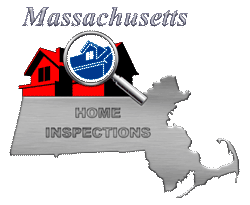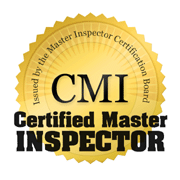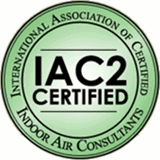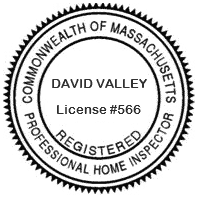Massachusetts Home Inspections YOUR INVESTMENT IS MY CONCERN

Radon In Your Home

Most indoor radon comes into a building from the soil or the rock beneath it. Radon and other gases rise through the soil and get trapped under the building. The trapped gases build up pressure. Air pressure inside homes is usually lower than the pressure in the soil. Therefore, the higher pressure under the building forces gases though floors and walls and right into the building. Most of the radon gas moves through cracks and other floor openings. Once inside the building, the radon can become trapped and concentrated.
Openings which commonly allow easy flow of the gases into your home:
*Cracks in floors and walls
*Gaps in suspended floors
*Openings around sump pumps and drains
*Cavities in foundations below grading
*Gaps around utility penetrations (pipes and wires)
*Crawl spaces that open directly into the building
Radon may also be dissolved in water, particularly well water. After coming from a faucet, about one ten thousandth of the radon in water is typically released into the air. The more radon there is in the water, the more it can contribute to the indoor radon level. Trace amounts of uranium are sometimes incorporated into materials used in construction. These include, but are not limited to concrete, brick, granite, and drywall. Though these materials have the potential to produce radon, they are rarely the main cause of an elevated radon level in a building. Outdoor air that is drawn into a building can also contribute to the indoor radon level.
The average outdoor air level is about 0.4 pCi/L, but it can be higher in some areas. While radon problems may be more common in some geographic areas, any home may have an elevated radon level. New and old homes, well-sealed and drafty homes, and homes with or without basements can have a problem.
Radon levels can be higher in homes that are well insulated, tightly sealed, and/or built on uranium-rich soil. Because of their closeness to the ground, basement and first floors typically have the highest radon levels. All homes below the third floor of a multifamily building are particularly at risk.
Here is what my clients have to say about my home inspection services:
Press F5 (on your keyboard) for additional testimonials
As a first time home buyer, a home inspection was very intimidating. Dave Valley made me feel at ease as soon as I met him. He was very professional, thorough, and explained things to me as we went along. Overall, what I expected to be a stressful experience was very easy because of Dave.
Christine














